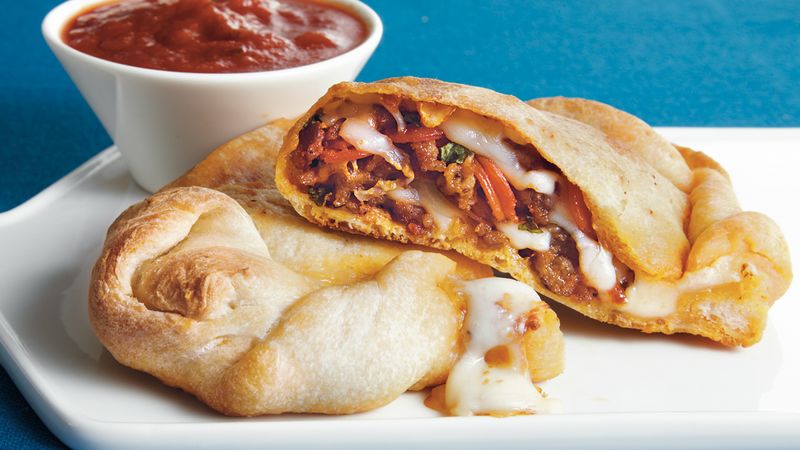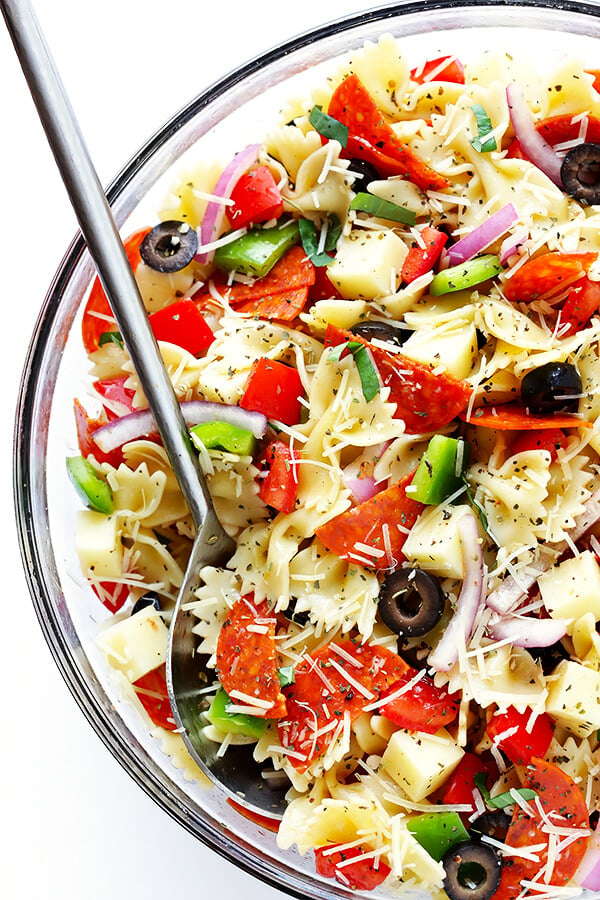Also, if you're expecting to read this article to see me tear down people for "gatekeeping" leave now. You're going to be seriously disappointed here.
Gatekeeper
The word makes my blood boil.
In fact, as I write this, I'm shaking with indignation. I just witnessed two Instagram influencers cry gatekeeper in a local Facebook group run by some members of my comm. I've been thinking about how best to explain this phenomenon for a while now, and it seems like now's the time to do it.
I can deal with being called a gatekeeper. It's a term I've heard time and time again aimed in my direction. In fact, it's such a big joke within my friend group that I even posed for this photo back in December.
 |
| ALL HAIL THE GATE KEEPER |
Once again, I'll address that in another article, but for now let's talk about the 'G' word. For the sake of simplicity, this article will focus on lolita and other adjacent J-fashions. Fairy kei is harder to define, and thus will be left for a future post, although I will go into it a bit later in the article.
'Gatekeeper' is commonly used as a term by outsiders or newcomers to the J-fashion community.
If you were to ask someone why they called someone else a gatekeeper, chances are they'd say "they told me XYZ wasn't suitable for [insert style here]". Whether it's skinny jeans in fairy kei, circle skirts in lolita, or even just being told one's normal style can't be called a 'kei', pretty much everyone in J-fashion communities has been the target of the insult at times.
When you break it down and step away from the situation, it make a little bit of sense.
Who knows more about J-fashion?
The person who just found it last night or the person who has been wearing it for years?
Now, this doesn't mean that age = knowledge, so don't get me twisted here.
This weird divide between 'gatekeeper' and the 'gatekept' is absolutely ridiculous in ANY OTHER CONTEXT. We laugh at anti vaxxers and flat earthers, but coddle this in other subcultures?
Just to put this a different way, let's talk about pizzas!
 |
| This is all pizza. No argument there. |
Say you and your comm go to a build your own pizza place. Everyone is going to pick their own crust, sauce, and toppings. Unless you forego the crust entirely, you're going to end up with a pizza no matter what you put on it. Nobody is going to say the cauliflower spinach pizza is any less of a pizza than the whole grain pepperoni next to it. At the end of the day, they're all pizzas. Sure there might be some bickering about whether or not anchovies or pineapple belongs on pizza, but as long as everyone is happy, that's all that matters, right? No two pizzas are going to be the same. However, if you walk into any pizza parlor and ask for a slice, you will 100% walk out with pizza. I feel like this is common knowledge, and I would bet serious money every person who reads this has eaten pizza at some point in their lives.
 |
| Calzones are just reverse pizzas |
Now say you walk into a pizza place, ask for a pizza, and receive a calzone. You might be a bit confused at first, but, it's quite similar to a pizza, so why not? You can technically make the argument that it has the same (or similar) ingredients to a pizza, and would absolutely be welcome at a pizza party, but at the end of the day, there are unique differences that set it aside from pizza. That's why it's called a 'calzone' and not a pizza.
I'm going to call the pizza 'lolita' for the sake of this example. Sure you'll have different substyles, the goths will bicker with the sweets, and someone will inevitably claim that bittersweet is it's own substyle and the entire comm will descend into madness. Pizza has rules, and so does lolita - AS DOES LITERALLY ANY STYLE EVER.
While it was inspired by pizza, it is not a pizza. Same goes for things that are 'Harajuku inspired'. Make sense?
Sometimes things are beyond help. In the outfit posted above, you'd have to change nearly the entire outfit in order to make it work for fairy kei.
In the same way, the calzone is 'otome' or 'aristocrat'. They're both styles that have some overlap with lolita, but at the end of the day, are not quite lolita.
 |
| Wannabe Pizza |
This is a dish called "Pizza Pasta Salad". It is pizza INSPIRED. It is absolutely valid on it's own, but you can't really make the argument that it's a pizza. Sure it has some similar ingredients, and I guess could KIND OF taste like pizza if you'd never had a pizza before, but at the end of the day it's pizza inspired.
If I were to bring this to you and say '"Hey! I brought you a pizza!" you'd probably look at me funny. While it has some elements of a pizza, you could not successfully argue that it is indeed a pizza.
I don't really have a specific style to draw a parallel with, so let's just call this anything that is 'lolita inspired' or 'Harajuku inspired' or 'fairy kei inspired'. You get the picture.
I don't really have a specific style to draw a parallel with, so let's just call this anything that is 'lolita inspired' or 'Harajuku inspired' or 'fairy kei inspired'. You get the picture.
While it was inspired by pizza, it is not a pizza. Same goes for things that are 'Harajuku inspired'. Make sense?
 |
| mmmm tacos |
This is a taco.
This is not a pizza.
If you walked into a pizza place, asked for a pizza, and were handed a taco, you would probably speak up about it. You didn't ask for a taco, you specifically asked for a pizza. Why on earth would anyone confuse the two? Surely this restaurant knows the difference between the dishes?
"But a pizza is whatever I want it to be!" they cry!
This is not a pizza.
If you walked into a pizza place, asked for a pizza, and were handed a taco, you would probably speak up about it. You didn't ask for a taco, you specifically asked for a pizza. Why on earth would anyone confuse the two? Surely this restaurant knows the difference between the dishes?
"But a pizza is whatever I want it to be!" they cry!
"You can't tell me what is and isn't a pizza! I get to decide what a pizza is"
It seems ridiculous in this context. The idea that someone would throw a tantrum over not being allowed to call their taco a pizza is so incredibly outlandish to us.
A taco not being a pizza does not mean that it is a bad taco. Taco deliciousness does not rely on it's standing as pizza. There are good tacos and bad tacos and pizza has nothing to do with it.
Try as you might, you can't really argue that tacos are Italian food. Sure, places in Southern Europe might serve tacos, but at the end of the day tacos originated in Mexico in the 18th century. Nothing we do can change this fact.
If you bring your tacos to a pizza competition, you're not going to be able to enter them. That's just a fact of life because...
It's not a pizza.
Enough with food analogies, back to fashion.
The reason I chose to use food as an analogy is because it is something we all have experience with. Sure, some of us make food, and some of us just eat it, but at the end of the day food is an important part of all of our lives. We have the experience and the knowledge to differentiate between dishes and understand what sets them apart. Sure it might take some time to figure out what vinegar works best in our dish, or how long to cook it, but at the end of the day, practice makes perfect.
Those of us in the in the J-fashion community are in the same position. We have the experience and knowledge to understand what makes something 'J-fashion' or not. I was going to finish my blog post on the Dunning-Kruger effect before I posted anything else, but I just felt that this was more important.
Just because something doesn't work for a specific style doesn't mean it's bad.
Here is an old outfit of mine that I thought was 'fairy kei'
Because I have the experience now, I can say that pleated skirts don't often work for fairy kei as they are a bit too 'sharp' and a bit plain for my taste. They also have a sleek silhouette, something that should almost always be avoided in fairy kei, favoring fluffy layers over a slim and sleek look. The shirt has lots of dark colors on it and the main color is white. Generally white shirts should have SOME sort of pastel decal or similar on it to compensate for the lack of color. The shoes, hair, and accessories are fine though! |
This was my first attempt at 're-entering' the fashion in 2017 |
Just because it's not fairy kei, doesn't mean it's not cute.
Just because it's not lolita, doesn't mean it's not cute
I do want to throw it out there that things can also be not fairy kei/lolita/Harajuku and just flat out be ugly. Sorry, I don't make the rules here.
Sometimes things are beyond help. In the outfit posted above, you'd have to change nearly the entire outfit in order to make it work for fairy kei.
If we completely ignore the fact that this was an attempt at J-fashion, the outfit is really quite cute on it's own. Whether it is or is not Harajuku fashion does not disqualify it from still being a nice outfit.
But to throw a tantrum and insist that my outfit IS INDEED fairy kei, and I should be allowed to wear whatever I like and still call it fairy kei, is honestly harmful to the community overall. Sure, nobody is physically being hurt, but by misusing the term, I'm spreading misinformation. On a small scale, it's really not an issue. But when hundreds of people do this, it makes it so much harder for those who are actually interested in the styles to find accurate information and resources for the fashion. That's why it's so important that we speak up when we see misinformation in the community.
Nobody means to police your personal style. You're welcome to wear whatever you like, and you have the right to do so. The issue begins when you insist your outfit is something it is not. Wear whatever you want and live your best life! Your style does not need a label.
If you DO label it. Work with terms you can use. 'Core' or 'aesthetic' are common terms used to describe westerns niche styles, and can be used by anyone!
Popular to contrary belief, the word 'kei' has nothing to do with fashion. It means category. However, due to cultural context, it is commonly used to indicate that a style came from the streets of Japan.
Someone living in the west, by definition, cannot invent a J-fashion (while living in the western world). They can create styles influenced by Japanese street styles but absolutely cannot create a brand new "Harajuku fashion".
The people telling you this are not 'gatekeeping' by doing so. We're not trying to prevent people from entering our communities, but rather preserving the rich history and cannon of the styles we love and respect so much. By correcting misinformation when it appears, we pave the way for future generations to walk the same paths we currently tread.
Concrit is never meant to tear one down, but rather given from a place of love and with the intent to inspire the receiver to be the best that they can be.
There's nothing wrong with wearing what makes you feel happy!
Just don't call your taco a pizza.
The people telling you this are not 'gatekeeping' by doing so. We're not trying to prevent people from entering our communities, but rather preserving the rich history and cannon of the styles we love and respect so much. By correcting misinformation when it appears, we pave the way for future generations to walk the same paths we currently tread.
Concrit is never meant to tear one down, but rather given from a place of love and with the intent to inspire the receiver to be the best that they can be.
There's nothing wrong with wearing what makes you feel happy!
Just don't call your taco a pizza.

Wow, this is the first time I hear the term gatekeeper, but it is interesting. I like the way you are explaing it (ˆ▿ˆc).
ReplyDeleteI love this so much, thank you for writing it ^-^ I feel it's very much needed!
ReplyDeleteThis comment has been removed by the author.
ReplyDeletelord people are WILD! Sorry that happened to you!
Deleteoh my god hate people who are gatekeepers. yikes.
Deleteyou do not have to spit your shit out to others but keep it to yourself. period.
Delete